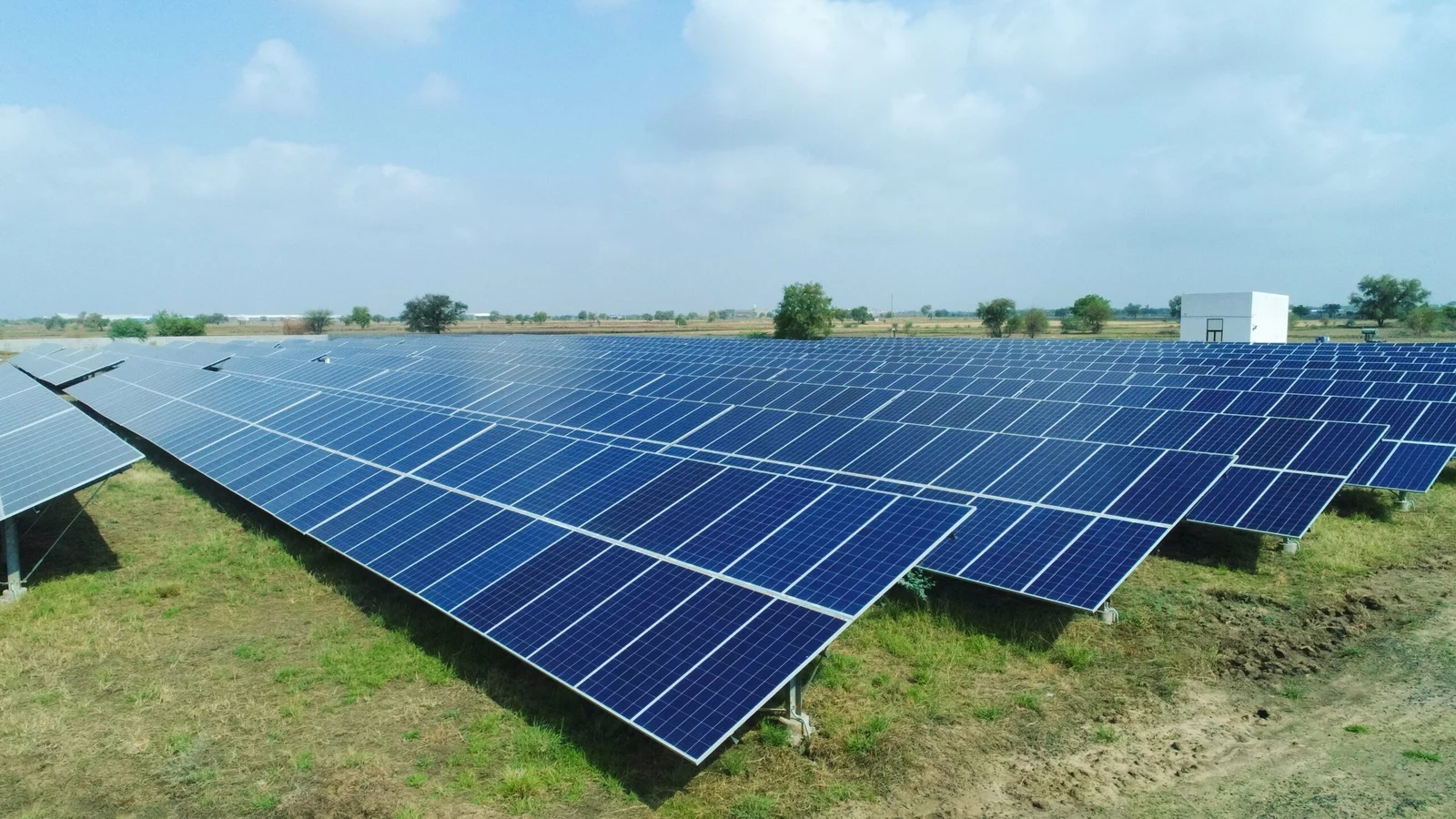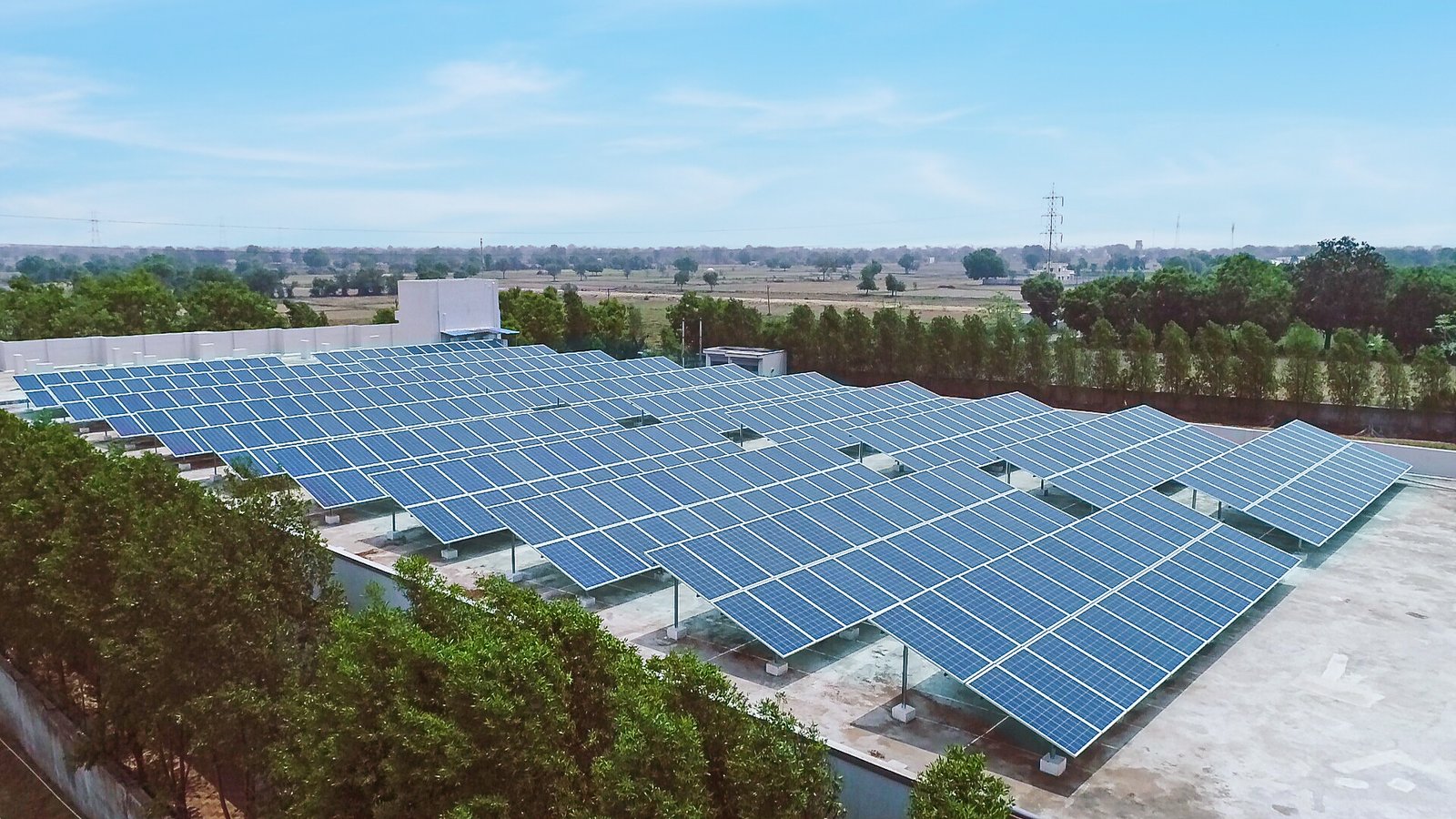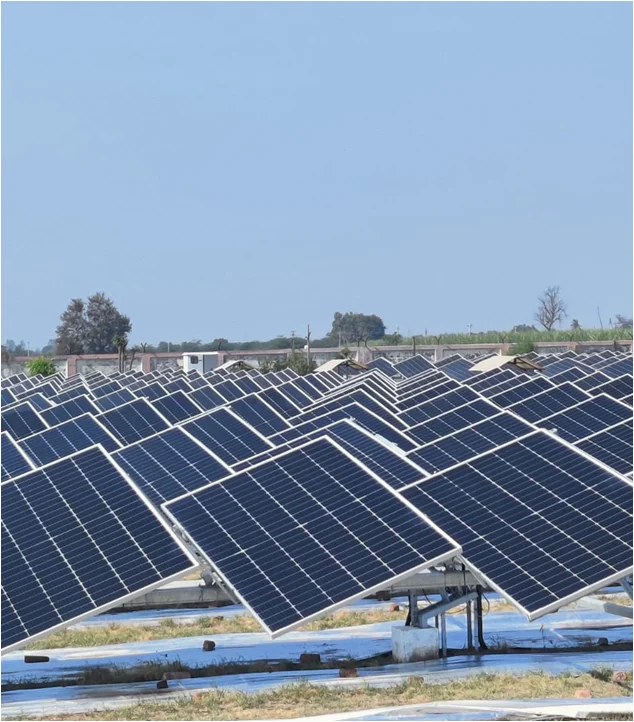As global interest in renewable energy sources continues to rise, solar power has emerged as a leading solution for sustainable energy. Among various solar installation options, ground mounted solar panel systems have gained popularity, especially for large-scale applications. This comprehensive guide explores the benefits of ground mounted solar panel structures, offers insights into their installation, and highlights key considerations for prospective users.
Understanding Ground Mounted Solar Panel Structures
Ground mounted solar panel systems involve installing solar panels on the ground rather than on rooftops. These systems are supported by mounting structures that elevate the panels above the earth’s surface. There are various types of ground mounted structures, including fixed tilt, single-axis tracking, and dual-axis tracking systems. Each type offers different advantages and is suited to different applications.
Benefits
1. Enhanced Efficiency
One of the most significant advantages of ground mounted solar panel systems is their potential for higher energy efficiency. Unlike rooftop installations, which are limited by roof orientation and space, ground mounted panels can be positioned at optimal angles to capture the maximum amount of sunlight. By allowing for precise positioning and adjustment, ground mounted systems can significantly increase the amount of solar energy captured and converted into electricity.
2. Improved Accessibility
Ground mounted solar panel systems offer easier access for maintenance and cleaning compared to rooftop systems. Since the panels are installed at ground level, routine inspections, cleaning, and repairs can be carried out more conveniently. This accessibility reduces the need for specialized equipment or safety measures often required for rooftop installations, making it easier to maintain system performance over time.
3. Design Flexibility
The flexibility of ground mounted solar panel systems is another notable benefit. These systems can be customized to fit various land shapes and sizes, and they can incorporate tracking systems that follow the sun’s movement. By allowing for dynamic adjustments, ground mounted systems ensure that solar panels remain optimally positioned throughout the day, maximizing energy production and overall system efficiency.
4. Reduced Risk of Roof Damage
By opting for ground mounted solar panel systems, property owners can avoid potential roof damage. Rooftop solar panels, if not installed or maintained properly, can lead to leaks or structural issues. Since ground mounted panels are not attached to the building, this risk is eliminated, providing peace of mind and protecting the integrity of the property.
5. Aesthetic Advantages
For properties where the appearance of rooftop solar panels might be undesirable, ground mounted solar panel structures offer an aesthetically pleasing alternative. These systems can be placed in less visible areas of the property, such as open fields or unused land, preserving the visual appeal of the building while still benefiting from solar energy.
6. Scalability
Ground mounted solar panel systems are highly scalable, making them ideal for both small and large-scale solar projects. Whether you are looking to install a modest number of panels or develop a large solar farm, ground mounted systems can be easily expanded to accommodate increasing energy needs. This scalability ensures that the system can grow with your energy demands.

Key Considerations
1. Site Selection
Choosing the right location for a ground mounted solar panel system is crucial for maximizing efficiency. The site should offer ample sunlight exposure with minimal shading from trees, buildings, or other obstructions. Additionally, the land should be relatively flat or gently sloping to facilitate proper installation and maintenance. A thorough site assessment helps determine the best location for the solar panels and ensures optimal performance.
2. Soil Quality and Stability
The stability and quality of the soil where the ground mounted solar panel system will be installed are important factors to consider. The soil must be able to support the weight of the mounting structures and withstand environmental conditions. In areas with unstable soil or high winds, additional engineering measures may be required to ensure the stability of the system. Proper soil assessment and preparation are essential for a successful installation.
3. Regulatory and Permitting Requirements
Before installing a ground mounted solar panel system, it’s important to review local zoning laws and building codes. Some areas may have specific regulations or permitting requirements for ground mounted installations. Ensuring compliance with these regulations helps avoid potential legal issues and ensures that the installation process proceeds smoothly. Engaging with local authorities and obtaining the necessary permits is a crucial step in the planning phase.
4. Cost Considerations
While ground mounted solar panel systems offer numerous benefits, they can be more expensive to install compared to rooftop systems. Costs associated with ground mounted installations include the solar panels, mounting structures, site preparation, excavation, and possibly increased labor costs. However, the long-term benefits of higher efficiency and easier maintenance often outweigh the initial investment. Conducting a cost-benefit analysis helps in making informed financial decisions.
5. Environmental Impact
The environmental impact of ground mounted solar panel installations can vary depending on the site. It’s important to assess potential effects on local wildlife, vegetation, and soil quality. Implementing best practices for site management and environmental stewardship helps mitigate any negative impacts. Sustainable site management practices ensure that the installation is both environmentally friendly and efficient.
Types
1. Fixed Tilt Systems
Fixed tilt ground mounted solar panel structures are a common choice for solar installations, especially for large projects. They are cost-effective, require minimal maintenance, and are often used in utility-scale solar farms and commercial installations.
2. Seasonal Tilt Systems
Seasonal tilt mounting systems are a type of ground-mounted solar panel structure that can be adjusted to the changing angle of the sun throughout the year. This helps to maximize the amount of energy produced by the solar panels.
3. Tilted Single Axis tracker
TSAT produces an impressive 30% improvement in power generation over Fixed structure by smoothly combining single axial sun tracking with fixed tilt stability. Its adaptive design ensures dependability in a variety of settings by deliberately tilting panels to gather the most sunlight possible. For sustainable and high-return projects, TSAT represents the highest level of solar efficiency due to its economical solution that strikes a balance between innovation and savings.
5. Horizontal Single Axis tracker
HSAT utilizes horizontal single-axis tracking to achieve unprecedented solar efficiency, yielding an amazing 18% power generation improvement over a Fixed structure. By rotating solar panels horizontally, this dynamic system maximizes their exposure to sunshine throughout the day. High-energy yield and efficient solar energy harvesting are the main priorities of HSAT, guaranteeing unmatched performance.
4. Solar carports
A ground-mounted solar panel system installed over parking lots. Carport systems can be easily oriented to receive the best sunlight exposure.

Installation Process
1. Site Assessment
The installation of a ground mounted solar panel system begins with a thorough site assessment. This involves evaluating sunlight exposure, soil conditions, and other relevant factors. A detailed site assessment helps determine the optimal design and placement of the solar panels, ensuring that the system will perform efficiently and effectively.
2. Design and Planning
Following the site assessment, the design and planning phase commences. This includes selecting the appropriate type of ground mounted solar panel structure, designing the layout of the panels, and addressing any engineering or regulatory requirements. A well-thought-out design ensures that the system meets performance expectations and complies with all relevant regulations.
3. Site Preparation
Site preparation involves clearing the land, leveling the ground, and installing any necessary infrastructure. This may include excavation, grading, and constructing support foundations for the mounting structures. Proper site preparation is essential for ensuring a stable and secure installation.
4. Installation
During the installation phase, the ground mounted solar panel structures are set up, the solar panels are attached, and the system is connected to the electrical grid or battery storage. Attention to detail is crucial during installation to ensure that all components are securely and correctly assembled.
5. Inspection and Testing
After installation, the ground mounted solar panel system undergoes a detailed inspection and testing process. This includes checking electrical connections, verifying system performance, and making any necessary adjustments. Regular inspections and testing ensure that the system operates at peak efficiency and delivers reliable performance.
Conclusion
Ground mounted solar panel structures offer a range of benefits, including increased efficiency, easier maintenance, and design flexibility. While there are considerations such as site selection, soil stability, and cost, the advantages of ground mounted solar panels often outweigh the challenges. As solar technology continues to advance, ground mounted systems remain a viable and effective solution for harnessing solar energy.
Whether you’re planning a small residential installation or a large-scale solar farm, understanding the benefits and insights of ground mounted solar panel systems is crucial for making informed decisions. By leveraging these systems, you contribute to a more sustainable future while optimizing your energy production.
